Lessons from a takeaway plastic bag
My ever increasing antipathy to planned obsolescence
About five months ago I got some take away food from our local Asian restaurant. They packaged the food and gave me a plastic bag to carry it home. On my way home I was thinking about the bag. Although it has some nice styling printed on it, it's designed for single use only. What a waste... making me wonder: how long would it last if you would use it on a daily basis?
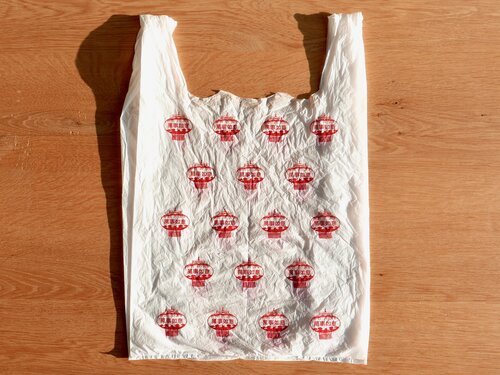
During a normal work week I regularly bring lunch along from home. My wife is a lovely cook and it's no punishment to eat leftovers for lunch the next day. I use the plastic bag to wrap the (reusable) box inside my commuting backpack, to protect the rest of the contents from possible (but rare) spills.
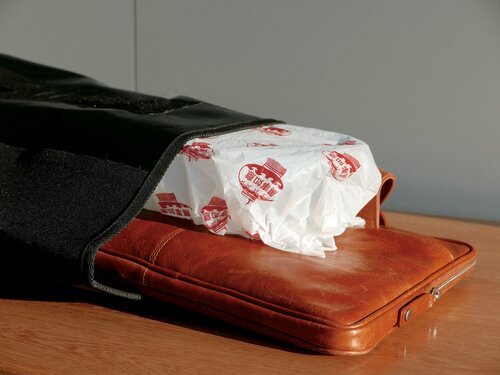
As I commute by bike the contents of my bag are exposed to shocks and shaking as I encounter my daily dose of holes, bumps and skewed sidewalk tiles...
... six months, 2000KM and counting!
Guess what? After five months of riding along, covering a distance of about 2000KM, it's still fine. For sure there are some signs of wear (few holes here and there), but the bag is still functional. It's fine, I could use it to carry takeaway food home just like when it was new.
This was somewhat shocking to me as I realised the sheer amount of plastic bags I've thrown away over the years... such a waste. But moreover, I realised that this wasn't just about bags. I realised that many other products I use are like the plastic bag: designed to be disposed.
Buying new products
Every year I buy a new smartphone and a computer. As developer I create websites and apps. It has always been a "no-brainer" to me: I use them to for my work, therefore I buy them. Every year.
Usually I sell the "old" machines or give them to family. But over the years there are a few devices that stuck along. Inspired by the everlasting plastic bag, I decided to have second look at these devices:
Smartphone
Consider the following smartphone for a moment, with these specs:
- 4.95" screen size (high quality IPS panel)
- 1080x1920 pixels at a 445 pixels per inch (PPI)
- 2,26Ghz quad-core processor
- GPS, WiFi, Bluetooth, NFC
- Wireless charging
- 3G and (fast)4G
- Latest and greatest apps available
... then guess what year this phone is from? It's the LG Nexus 5 from 2013. That phone is now more than 5 years old!
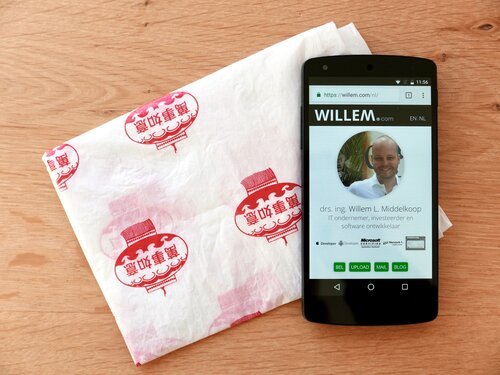
The Nexus 5 is still supported by Google Play and you can download (and use) modern apps. It still runs the latest version of Chrome. I use it to test apps and websites for my work. It may not be as fast as an iPhone X, but ain't bad at all.
Like the plastic bag, the Nexus is holding on just fine. It would still function as a smartphone today.
Laptop
Another example, consider this laptop, with the following specs:
- 12" wide screen IPS display
- 64bit Intel Processor (2.13Ghz, multiple cores)
- 8GB RAM
- 1TB solid state drive (SSD)
- Wifi, Bluetooth, LTE/cellular
- Battery life of 10+ hours
... sounds impressive? Like modern day Apple MacBook impressive? These are the specs from my ThinkPad X200 from.... 2008! Yes, ladies and gentlemen: 10 years old!
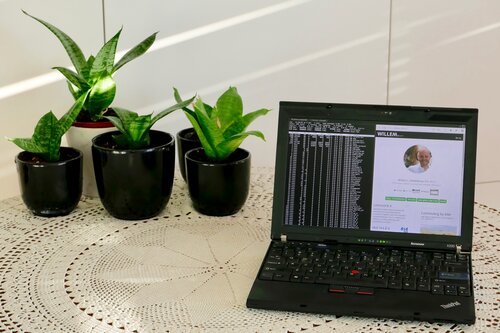
ThinkPads are renowned for their durability and serviceability. This X200 is the living proof. I upgraded the RAM and installed a SSD (with incredible ease, just using one standard screw driver).
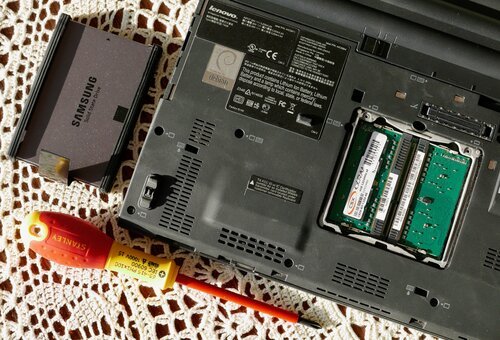
I installed Debian GNU/Linux with OpenBox (a minimal, light weight Window Manager) and it runs superbly smooth. The fantastic keyboard in combination with Linux still makes this machine a perfect terminal.
Planned Obsolescence
That I replace my devices every year is the result of something people call "Planned Obsolescene". It's a design strategy of making products with an artificially limited useful life. The idea behind this strategy is to reduce the time between repeat purchases in order to increase the long-term sales volumes.
There are few types of planned obsolescence that you can easily recognise in modern day products, including consumer electronics:
- Contrived durability: is a strategy to make a product break down quickly, by using inferior or brittle materials and parts. Like: Glass parts in smartphones, plastic hinges in laptops
- Hindering repairability: is a strategy to make a product difficult to repair or service, by sealing, glueing or bonding it in such a way that it's impossible to disassemble. Like using weird screws or laminating display parts
- Fashionable desirability: is a strategy to make a product perceived less desirable, by introducing new aesthetics in fashion cycles. Like colours, screen shapes and curves
- Diminishing functionality: is a strategy to make a product loose functionality, by excluding it from software updates or limiting it's network driven features. Like apps that worked perfectly fine are no longer supported because of the introduction of a new version that is incompatible with your product
Conclusion: Takeaways from the takeaway plastic bag
Although my old smartphone and laptop still work fine, I need the new devices to test my websites and apps. That's because of you, dear reader; because you want this text to appear correctly on your modern screen.
But luckily this only applies to my professional gear, the same does not apply to all products I use. Things like my bike, TV, bag, clothing, shoes and various household devices.
If there is something you'll takeaway from my takeaway plastic bag: ask yourself if you really need the latest device - or are you being tricked by planned obsolescence? Be conscious, be aware!
You can save yourself a lot of money and while doing so you're much nicer to the environment.
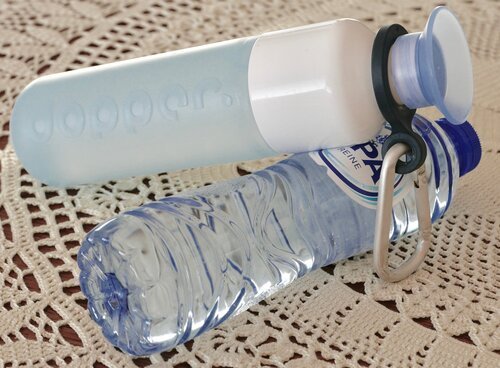
A small way to start is to stop using single-use plastic bottles. Get yourself a decent, reusable bottle. A good example is Dopper, I got one for my birthday from my wife. Designed to last, easy to clean and easy to repair (it's parts are sold separately and are interchangeable).
Let's fight planned obsolescence together!
Did you enjoy this post?
If you found this content useful,
consider showing your appreciation
by buying me a coffee ❤️😋:






